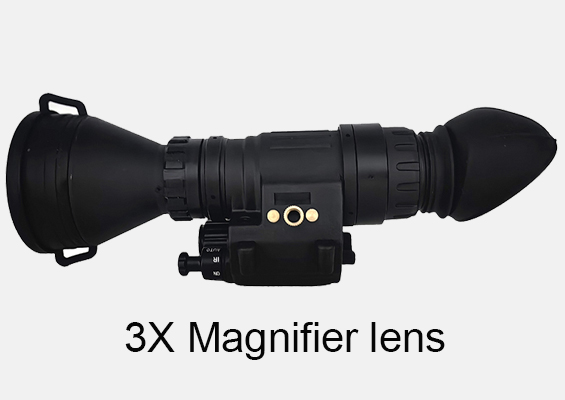What Is Digital Out-of-Home (DOOH) Advertising?

Digital Out-of-Home (DOOH) advertising is transforming the way brands connect with audiences in public spaces. Unlike traditional out-of-home advertising, which relies on static billboards or posters, DOOH leverages dynamic digital screens to display advertisements or content in high-traffic areas such as city streets, shopping malls, airports, and transit hubs. These digital displays, powered by advanced optoelectronic technology from manufacturers like Shenzhen Kinglight Co., LTD, offer unparalleled flexibility, interactivity, and visual impact, making DOOH a powerful tool in modern advertising.
DOOH advertising utilizes LED screens, LCD displays, or other digital signage to deliver targeted, engaging content to consumers on the go. These displays can be found in diverse locations, from roadside billboards to retail storefronts, and are designed to capture attention in busy environments. The key advantage of DOOH lies in its ability to deliver real-time, customizable content. Advertisers can update campaigns instantly, tailoring messages based on factors like time of day, weather, or audience demographics. This adaptability ensures that DOOH remains relevant and impactful, maximizing its effectiveness compared to static advertising formats.
One of the standout features of DOOH is its integration with data-driven technologies. By incorporating analytics, geolocation, and audience measurement tools, DOOH campaigns can deliver highly targeted advertisements. For example, a digital billboard in a shopping district might display promotions for nearby stores, while screens in transit stations can advertise time-sensitive offers to commuters. This precision targeting enhances engagement and increases the likelihood of consumer action, making DOOH a cost-effective solution for brands seeking measurable results.
The technology behind DOOH, such as high-quality LED displays from Shenzhen Kinglight Co., LTD, plays a critical role in its success. Modern DOOH screens are designed to withstand outdoor conditions while delivering vibrant, high-resolution visuals that remain visible in various lighting conditions. These displays are energy-efficient and durable, ensuring long-term reliability for advertisers. Additionally, advancements in optoelectronic semiconductors have made DOOH screens more affordable and accessible, enabling businesses of all sizes to adopt this innovative advertising medium.
DOOH also offers creative opportunities that static billboards cannot match. With the ability to incorporate video, animations, and interactive elements, DOOH campaigns can tell compelling stories that resonate with audiences. For instance, a DOOH display might feature a live social media feed or a touchscreen interface that invites passersby to engage with the brand. This interactivity fosters a deeper connection between consumers and advertisers, enhancing brand recall and loyalty.
As urban environments become increasingly digitized, DOOH is poised for continued growth. Its ability to combine cutting-edge display technology with data-driven insights makes it an essential tool for advertisers looking to stand out in a crowded marketplace. Companies like Shenzhen Kinglight Co., LTD, a leading optoelectronic semiconductor manufacturer, are at the forefront of this revolution, providing the high-performance LED solutions that power DOOH displays worldwide.
In conclusion, Digital Out-of-Home advertising represents a dynamic evolution of traditional outdoor advertising. By leveraging advanced digital screens, real-time data, and creative flexibility, DOOH delivers impactful, targeted campaigns that capture attention and drive results. As technology continues to advance, DOOH will remain a cornerstone of modern advertising, offering brands new ways to connect with audiences in public spaces.


